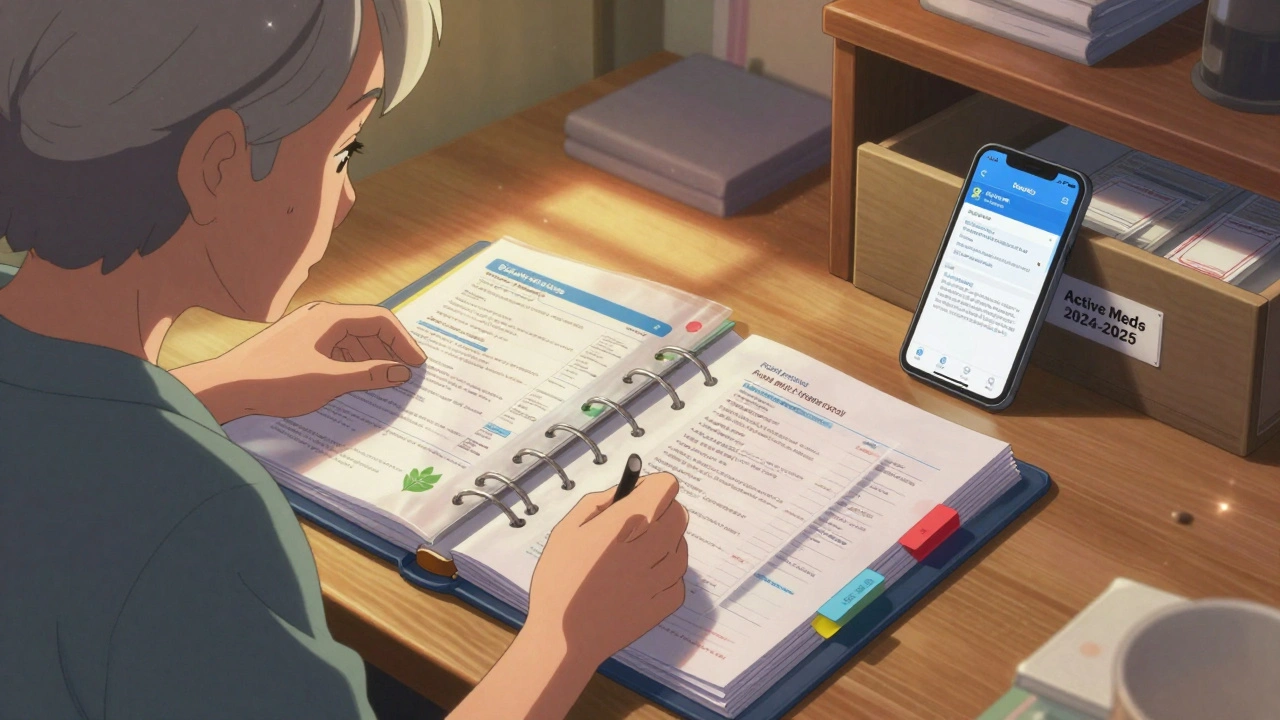Work Comfort – Your Guide to a Healthier, Happier Workday
When thinking about work comfort, the state of feeling physically and mentally at ease while performing job duties. Also known as office wellbeing, it blends the right chair, stress control, and smart health habits into a seamless daily flow.
First up, ergonomics, the science of designing workspaces that match the human body. Think adjustable desks, monitor height, and keyboard placement that keep your spine neutral. Good ergonomics reduces back pain, eye strain, and the constant urge to shift around, letting you focus on tasks instead of discomfort.
Next, stress management, techniques that lower mental tension and keep anxiety in check. Simple breathing exercises, short breaks, and setting realistic goals can stop the stress spiral before it spikes your heart rate or clouds your judgment during a meeting.
Another piece of the puzzle is medication management, organizing prescription and over‑the‑counter meds so they support, not sabotage, work performance. Knowing the right dosage, timing, and possible side effects—like drowsiness from antihistamines or jitteriness from stimulants—helps you stay alert without unwanted crashes.
Health screening fits right in. Routine checks for blood pressure, cholesterol, and heart rhythm catch hidden issues before they turn into full‑blown emergencies. A quick annual ECG can reveal arrhythmias that might cause faintness during a long presentation, giving you a chance to act early.
Physical activity isn’t just for gym‑rats. A brisk 5‑minute walk or a set of desk stretches improves circulation, combats the stiffness that builds from sitting, and releases endorphins that lift mood. Even a standing break every hour can shave minutes off the time your muscles spend in a static position.
Sleep quality is a silent driver of work comfort. Poor sleep fuels fatigue, which in turn lowers focus and ramps up perceived stress. Addressing sleep‑disrupting factors—like caffeine late in the day or blue‑light exposure—keeps you sharp from morning briefing to evening wrap‑up.
Mental health matters, too. Conditions such as anxiety or orthostatic hypotension can make a regular workday feel like an uphill battle. Understanding triggers, using prescribed meds properly, and communicating needs to supervisors creates a supportive environment where you can thrive.
When you set up your workstation, start with a chair that supports your lower back and allow your feet to rest flat on the floor. Position the monitor so the top is at eye level; this avoids neck strain. Keep frequently used items within arm’s reach to minimize repetitive reaching.
Integrate medication timing into your daily schedule. If a drug causes mild drowsiness, take it after lunch rather than first thing in the morning. Use phone reminders or a pill organizer to avoid missed doses, especially when deadlines demand extra focus.
Common workplace ailments—like occasional dizziness from idiopathic orthostatic hypotension or heart palpitations—should never be ignored. Simple measures such as staying hydrated, rising slowly from a seated position, and having a quick pulse check can prevent a minor symptom from becoming a disruptive episode.
Supplements like malic acid have been shown to support energy metabolism and muscle recovery, making them a handy addition for those who feel a midday slump. Pairing them with a balanced diet and regular movement can smooth out energy valleys without resorting to extra coffee.
Finally, schedule a brief health check‑up every six months if you’re on chronic medication or have a history of cardiovascular issues. Bring a list of all current meds, note any side effects, and ask your provider how they might interact with work‑related stressors.
All these pieces—ergonomics, stress control, medication savvy, screening, movement, sleep, and mental wellness—fit together like a well‑designed office layout. Below you’ll find articles that dive deeper into each topic, from buying affordable generic medications to understanding how specific health conditions affect your workday. Explore the collection to find practical steps that match your unique routine and start building a more comfortable, productive work life today.
Coping with Bladder Pain at Work: Practical Tips for a Comfortable Day
Learn effective strategies to manage bladder pain while at work. From hydration habits to ergonomic adjustments, discover practical tips for a more comfortable and productive day.






